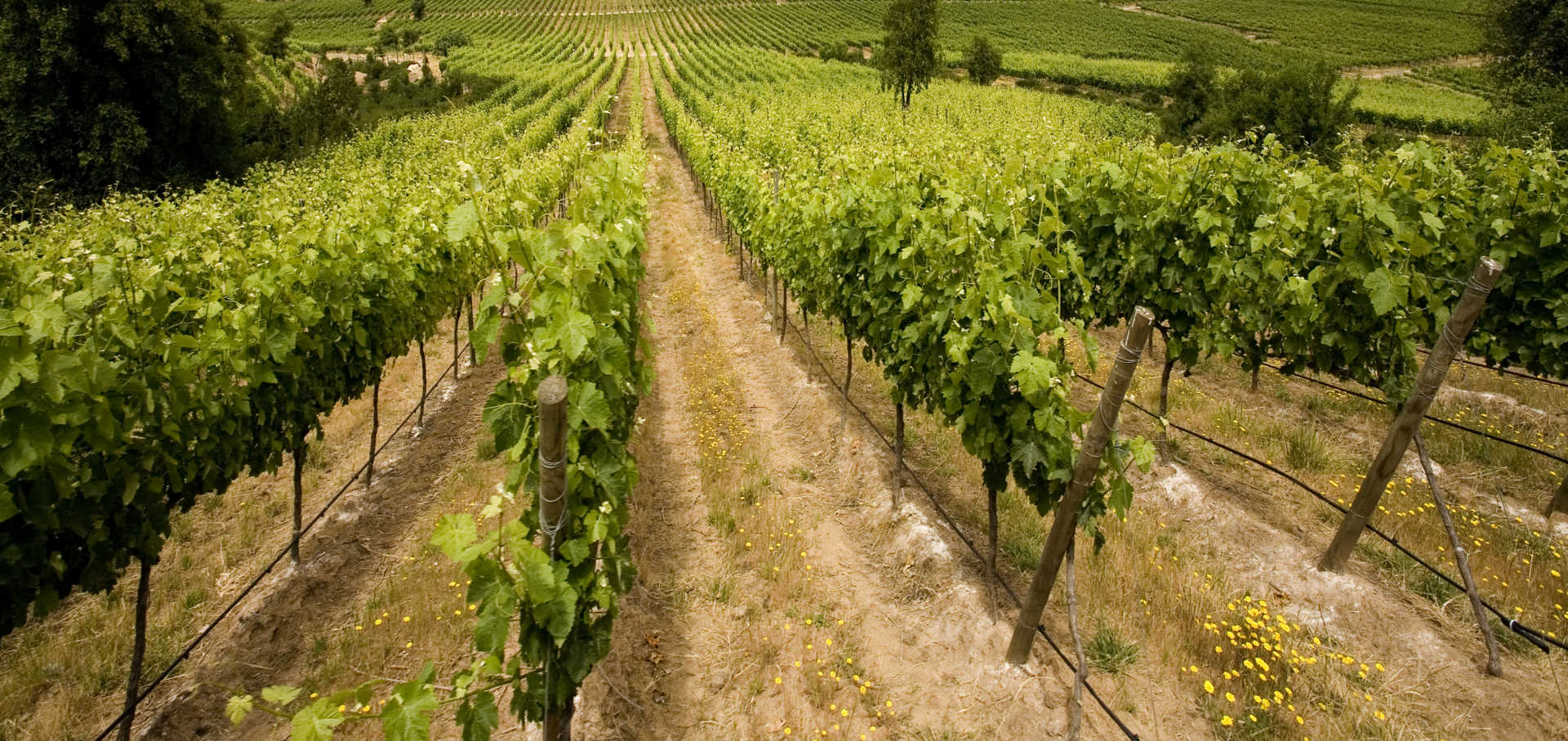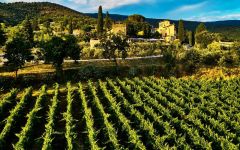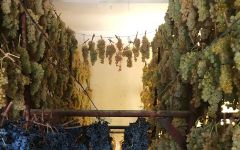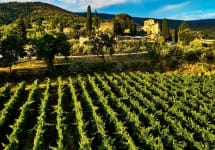Baracchi Brut Rose of Sangiovese 2015
Sparkling Rosé
Sold Out - was $41.99
Ships Fri, Apr 26
You purchased this 11/6/22
0
Limit Reached
You purchased this 11/6/22



Product Details
Varietal
Producer
Vintage
2015
Size
750ML
Your Rating
Somm Note
Winemaker Notes
Fine, elegant and persistent perlage. Pink onion skin color. Intense and fascinating on the nose, where notes of small red fruits and floral and mineral nuances emerge. Fresh, persistent with a fruity and mineral finish.
ALWCCBCCBRUTRO15_2015 Item# 518877







